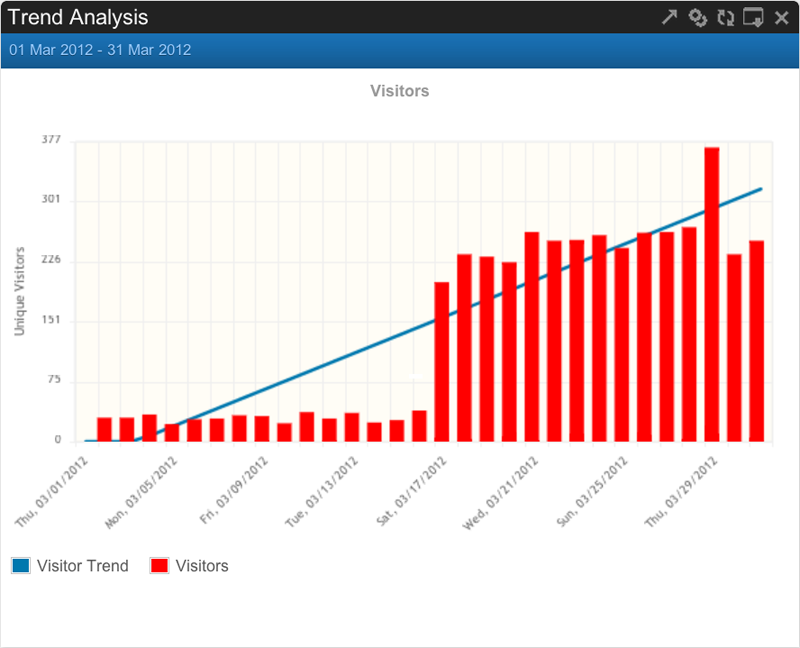In this blogpost we will be talking about how you can use Logaholic to optimize your content
and boost the traffic on your website.
You might already have taken a look at our Visitors Duration report. Is your website able to retain the interest of your visitors? Or are they leaving your site within seconds after arrival? Usually, you will see that the majority of your visitors will not visit longer than 60 seconds. The ultimate goal is of course, to lengthen the time spend on your website.
Site errors are often the cause of lost visitors and short visiting times. It is therefore of paramount importance that you minimize the faults in your website. Logaholic can help you identify errors.
We developed a 4 step approach for you.
Step 1: Open the Logaholic Error report from the popular content section.
Step 2: Take a look at the identified errors. Click on a error to request the specific urls. One of the most common site errors is the ‘404-Not Found’. This indicates that a page does not exist anymore or that the link has changed.
Step 3: Remove non-active links on your pages, and if needed take additional measures.
Step 4: Monitor the results in Logaholic (after a short while).
Next to erasing errors, there are several ways to improve the content on your site in order to retain visitors. For example, our Click Trails report (Premium) helps you investigate the way visitors navigate through your website. Using the Click Trail reports you can drill down to individual visitors and see the exact path that visitor took though your website.
Another report we strongly recommend is called Page Analysis (Premium). This report shows not only the incoming links for a page, and also shows where people go from there. A great feature of Page Analysis is ‘Visual Mode’ that displays click-through statistics right on your webpage. Give it a try!
Good luck and Regards,
The Logaholic Team
See also:
The future does not equal the past
